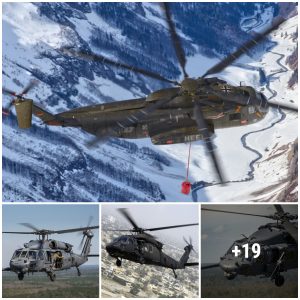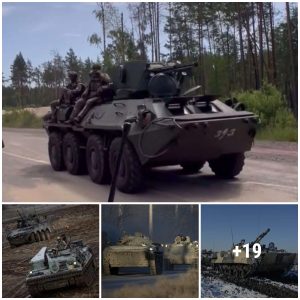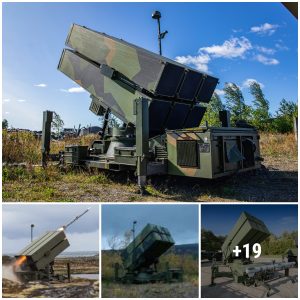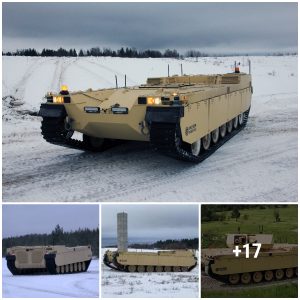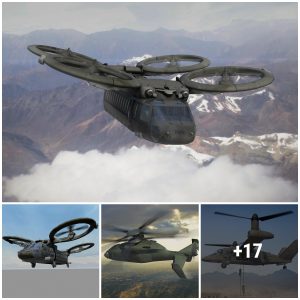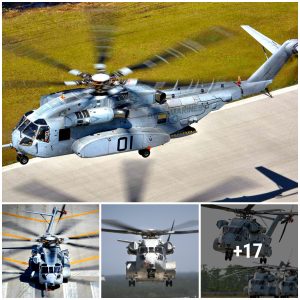| Su-27 fighter aircraft |
In 1976, the successor of the General Designer Sukhoi, such as designer MP Simonov, became the chief designer of the legendary Su fighter. The appearance of the Su-27 determined the development of the Russian military aircraft industry for many decades to come.
The Su-27 has a unique design with two vertical tails, a large body, and two engines. The Su-27 was the first Soviet aircraft to have a fly-by-wire control system (flight control control), so it was quite safe in drastic flight maneuvers, without losing speed. This aircraft can maintain flight at low speeds but the flight angle is up to 120° to perform “cobra” style flight.
The aircraft can perform difficult rotations, perform “vertical loops” continuously, almost without a fixed radius, combined with vertical aerobatics while the aircraft is still moving. .
In addition to improvements to increase flexibility, the Su-27 uses a large internal volume to store fuel. It has a very large fuel capacity. At maximum, it can carry 9,400 kg of fuel, so its combat range: at sea is 1,340 km. On land, it can fly 3,530 km.
The flight ceiling of the Su-27 is 18,500 m high. Maximum speed of Su-27: Mach 2.35 equivalent to 2,500 km/h.
The Su-27 is armed with a single 30 mm cannon, with up to 10 missile mounting points and other weapons. The Su-27’s standard missile equipment for air combat is Vympel R-73, Vympel R-27, later missiles with extended range and infrared guidance systems such as Vympel R-77 (on new variants). Can carry KAB-150 and UAB-500 bombs controlled by laser and TV.
| The Su-27 variant became the Su-34 attack aircraft |
The Su-27 has a cockpit display system (HUD) and a pilot helmet display system connected to each other, they are compatible with the R-73 missile, high flexibility, and other elements. made the Su-27 one of the best close-range air combat aircraft in the world at that time.
The Su-27 set the first records for performance, speed of climb and altitude, the aircraft set 27 new records in air combat and aerobatics from 1986 to 1988.
In 1983, MP Simon became Design Director of OKB Sukhoi. Under his leadership, the Design Department created a change from the Su-27, to the Su-32 (Su-27IB): Long-range attack version with 2 parallel seats in the cockpit, this type has a nose shaped platypus form. These are the Su-32FN and Su-34 Fullback (bomber-strike). At this time, the Su-27 variant is transformed into a Su-34 attack aircraft, like a “flying tank”.
The SU-30MK is a variant of the Su-27, can fly at twice the speed of sound and operate within a radius of 1,600 km, can launch “smart” missiles and bombs from a distance. 300 km away. It has the means to “blind” and “deaf” enemy air defense means.
The super-maneuverability criterion has come true in the Su-37. On this aircraft, the engine has been equipped with a thrust vectoring system that creates the ability to take off and land on short runways and enhances the aircraft’s maneuverability in air combat. The Su-37 is rated by the website Defencetalk as the best aircraft, due to its ability to increase and decrease speed in the extremely slow and extremely fast speed range, creating an advantage in combat tactics.
The Su-27BM (later Su-35) also known as “The Last Flanker”, is a new development of the Sukhoi line. It features new electronic systems and radar. The Su-35’s PESA Irbis-E radar is very powerful with the ability to track targets with an effective RCS of only 3 m² at a range of 400 km and targets with an RCS of only 0.01 m² at a range of 90 km.
From the Su-27 created a family of variants in service with the Russian Air Force and more than 30 countries around the world. A total of 680 Su-27s were built in the USSR and Russia. Deliveries were made to 15 countries.
Since the late 1990s, factories began to produce a new variant of the Su-27KUB double and the multirole variant Su-30MKK. It was from here that the concept of the 5th generation aircraft (PAK FA) was formed. There were three prototypes tested at Zhukovsky near Moscow.
30 years have passed, from the Su-27, the Russian aviation industry has made great strides, the Sukhoi line continues to bring Russia a lot of revenue from arms exports and deterrence in the strategy of protecting sovereignty.
